Barnard Castle
OS grid reference:- NZ 049 164
Impressive Barnard Castle, perched dramatically on a high rock above the River Tees, is situated in the town of the same name, just over the border in County Durham.
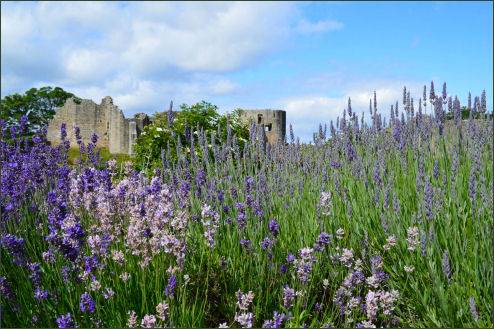
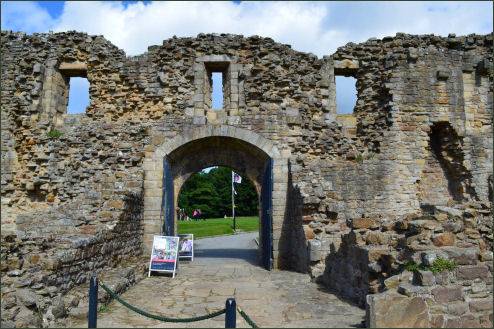
The castle was constructed on the site of an earlier defended position from around 1095 to 1125 by Guy de Balliol, a Norman baron originating from Bailleul-en-Vimeu close to Abbeville in Northern France, who was granted land in northern England in the late eleventh-century.
The building was enlarged between 1125 and 1185 by Guy's nephew and heir, Bernard de Balliol, his son, also Bernard, further extended the building. In 1216 the castle was besieged by Alexander II, King of Scotland. It was still held by the Balliol family although its ownership was disputed by the Bishops of Durham. In 1264 Barnard Castle was taken by barons supporting Simon de Montfort in his rebellion against Henry III.
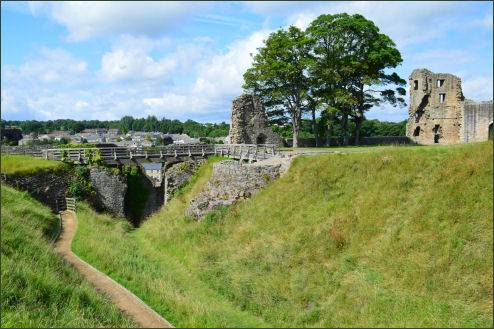
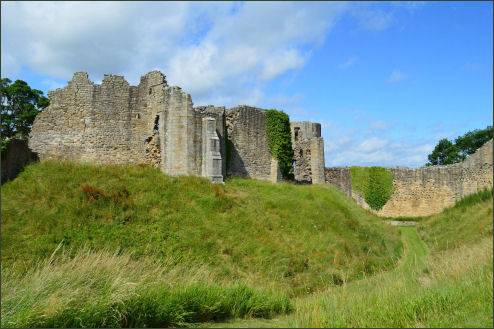
The Scottish puppet king, John Balliol, was the most important member of the Balliol family. Following the death of Alexander III of Scotland and his only grandchild, Margaret 'the Maid of Norway', he became a claimant to the vacant crown of Scotland through his mother, Dervorguilla of Galloway, herself a descendant of David I, King of Scots. King Edward I of England was invited to adjudicate among the various claimants, and he selected John. However, when John Baliol ascended the Scottish throne, he foreswore his oath of allegiance to King Edward, which resulted in the enraged Edward's invasion of Scotland. When Edward deposed John Balliol as King in 1296 the castle passed to the Bishop of Durham.
Around 1300 the castle was granted to the Beauchamp family, Earls of Warwick. In the fifteenth century the castle passed to the powerful Neville family by the marriage of Anne Beauchamp to Richard Neville, Earl of Warwick, known to history as 'Warwick the Kingmaker'. Following the death of the mighty Earl of Warwick at the Battle of Barnet on 14 April 1471, Richard, Duke of Gloucester (later to become King Richard III), who was married to Warwick's younger daughter Anne, took possession of the castle, it was to become one of his favourite residences.

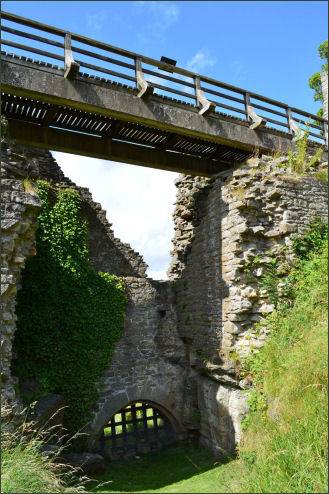
After becoming king, Richard had plans to enlarge and strengthen Barnard Castle, but these failed to materialise as his short reign was brought to an abrupt end at his defeat by Henry Tudor, Earl of Richmond (later to become Henry VII) at the Battle of Bosworth Field in 1485.
Over the next two centuries the Nevilles enlarged and improved the estate and created a substantial and impressive castle. The Catholic Rising of the North in 1569, against the Protestant Queen Elizabeth I was plotted at the nearby Raby Castle. The rising witnessed Barnard Castle being besieged by the supporters of Mary Queen of Scots. For eleven days, Sir George Bowes of Streatlam held the fort for Elizabeth I, before being forced to surrender it. For the rebels', the victory proved to be a costly one. The delay Sir George had created broke their impetus and bought the Crown much-needed time; ultimately the "Great Rebellion" foundered and failed.
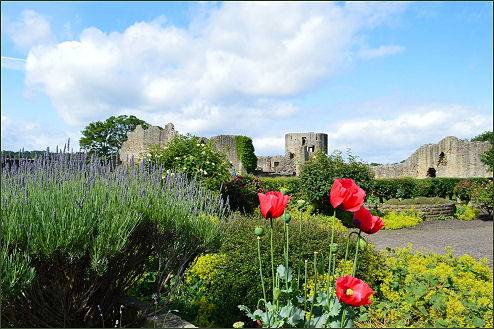

When Charles Neville, 6th Earl of Westmorland was attainted for his leading role in the Rising of the North the Neville estates were sequestered. In 1626 the Crown sold the castle and also the Neville property at Raby Castle to Sir Henry Vane. Vane decided to make Raby his principal residence and Barnard Castle was abandoned and its contents and much of its masonry was removed for the maintenance and improvement of Raby.
Of particular interest are the ruins of the twelfth century cylindrical tower and the fourteenth century Great Hall and Great Chamber. The castle is now in the care of English Heritage and is open to the public.
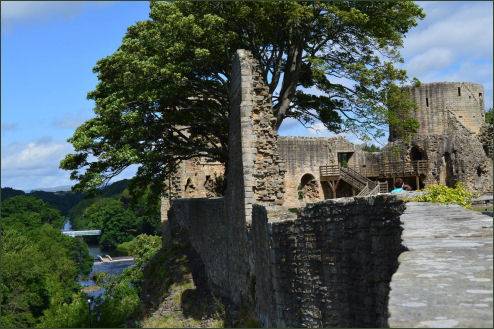
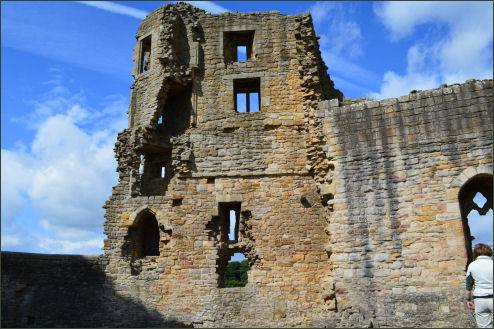
Images courtesy of Paul Johnson
Directions
In Barnard Castle town.
Sat Nav -Postcode: DL12 8PR Latitude: 54.543513 Longitude: -1.918758
Parking -No car parking available at the site. Nearest parking is located in the town itself. There is some 2 hours-free parking in the town, as well as pay-and-display parking in the central car parks. The nearest about 500 metres away.
Historic Buildings of Yorkshire
